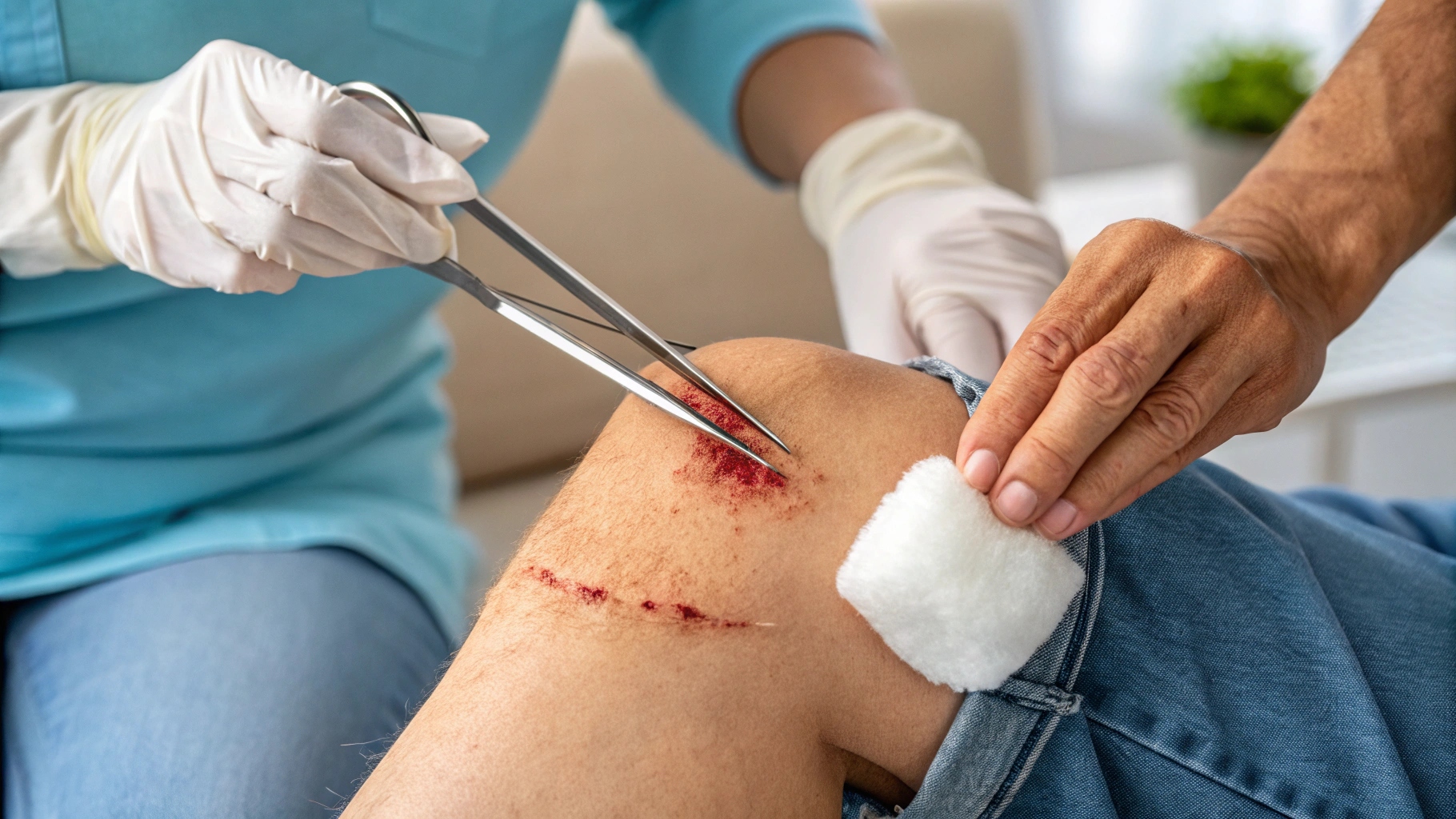Wound Care Billing: Getting Skin Grafts and Substitutes Right

Wound Care Billing: Getting Skin Grafts and Substitutes Right
Wound care is one of the most profitable and scrutinized specialties in billing. While debridements and negative pressure wound therapy are important, skin grafts and skin substitutes are where many practices see both the strongest revenue and the highest compliance risk.
The reason? Every detail matters. The number of grafts, the size in square centimeters, the type of graft, and even the way you record wound measurements can determine whether your claim gets paid or denied.

Understanding Graft Types and Billing
Skin grafts and substitutes are billed differently depending on the material used:
- Autografts (taken from the patient) → billed with CPT codes, often tied to size and site.
- Allografts (donor tissue) and xenografts (animal-derived) → billed using CPT/HCPCS depending on the payer.
- Skin Substitutes/Biologics → require Q-codes (Q4100–Q4250 series, expanding annually) that specify the exact product used.
Each product has unique billing rules. For example:
- Some Q-codes are billed per square centimeter (requiring exact measurements).
- Others are billed per graft unit.
- Many require a matching CPT application code to show how the graft was applied.
Without both the Q-code (supply) and CPT (procedure), claims are often denied.
Medicare’s Requirements
Medicare is especially strict with wound care billing. Coverage for skin substitutes is outlined in Local Coverage Determinations (LCDs) and varies by MAC (Medicare Administrative Contractor). Common requirements include:
- Documenting wound measurements before and after graft placement.
- Recording number of grafts used and total area treated.
- Demonstrating failed conservative care before grafts are approved.
- Using the correct place-of-service codes (clinic vs. home health vs. SNF).
Missing just one of these elements can result in a denial or post-payment recoupment.
Where Practices Go Wrong
The most common reasons wound care graft claims are denied:
- Missing size documentation (no square centimeters documented).
- Incorrect or missing Q-codes for the specific product used.
- Failure to link grafts to application codes (Q-code billed without the paired CPT).
- Medical necessity not demonstrated (no chart notes showing prior treatment attempts).
- Place-of-service errors in mobile wound care or nursing facility settings.
These issues don’t just cause denials, they can trigger payer audits, since biologics and grafts are considered high-cost, high-risk services.
How TriumpHealth Helps
At TriumpHealth, we specialize in wound care billing and understand the nuances that general billing services often miss. Our approach includes:
- Accurate Coding Support: Ensuring CPT and Q-codes are correctly paired and billed by size, type, and payer requirements.
- Documentation Guidance: Training providers and staff on the exact language and measurements payers expect to see.
- Medicare & Commercial Policy Expertise: Tracking Local Coverage Determinations (LCDs) and commercial payer rules so claims meet criteria the first time.
- Audit Protection: Establishing workflows that minimize red flags and providing support for appeals when denials occur.
- Experience in Mobile & Clinic Settings: Whether you’re billing from a wound care center or at the patient’s home, we manage place-of-service complexities.
Final Thoughts
Billing for skin grafts and substitutes is where wound care providers can earn the most revenue and also face the most risk. Medicare and commercial payers watch these claims closely, and missing documentation or incorrect coding can mean the difference between full reimbursement and significant write-offs.
Ready to take your wound care billing to the next level? TriumpHealth’s billing and RCM experts are here to help. Request a custom billing analysis or coding audit today, and see how much revenue you may be leaving on the table. Call us at 888-747-3836 x0 or email [email protected] to get started.
Disclaimer:
The content provided by TriumpHealth is for informational purposes only and does not constitute legal, medical, or financial advice. Regulations and payer requirements may change; please consult a qualified professional for guidance specific to your situation. Click here to review our full legal disclaimer.
Recent Posts
- MIPS 2026 Updates: A Practical Guide for Clinicians, Practices, and Office Managers
- CHAP Accreditation Updates for DME Suppliers: Step-by-Step Guide for Location Changes and Adding New DME Supplies
- Payer Contract Negotiations: Key Terms & Strategies | TriumpHealth
- Medicare Billing Guidelines for Q-Codes with CPT 15271–15278: A Guide for Wound Care Physicians
- Why Taxonomy Codes Matter in Provider Credentialing & Medical Billing
- How to Transition Provider Credentialing When Leaving or Joining an ACO
